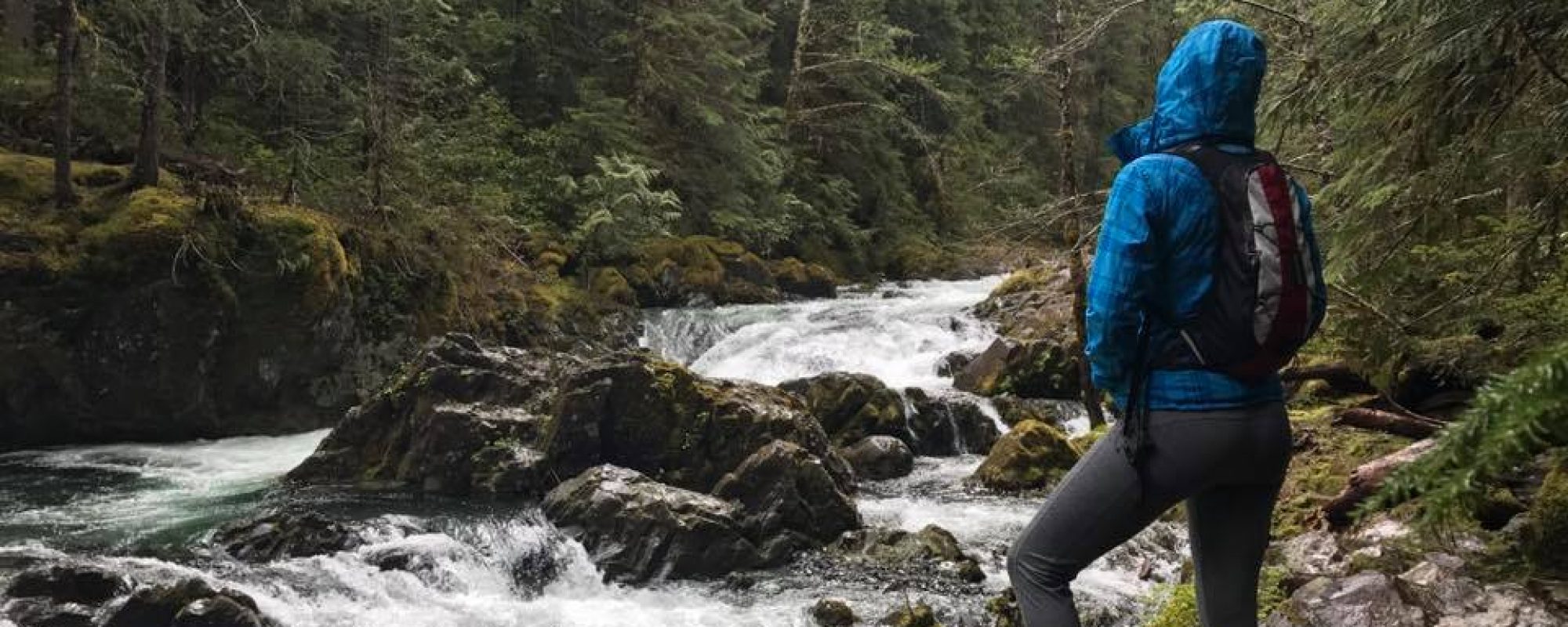I am a native Oregonian and I have only gotten the poison ivy/oak rash one time in my life that I can remember, but that one time made me fear getting it again. To this day I have a hard time identifying the the plants in the wild. What a great topic for the blog!
Here is some great info from the National Park Service:
About 60-80% of us are sensitive to the oily sap present in the roots, stems, leaves and fruit of these plants. Most people develop symptoms within hours to one or two days. The first symptom is severe itching of the skin. This is followed by redness and blistering. In more severe cases, large blisters and localized swelling occur. Severe cases may require hospitalization. The severity of symptoms vary greatly depending on the amount of sap contacting the skin and individual sensitivity. Although the dermatitis is extremely irritating, symptoms usually disappear in about a week.
We come into contact with the oily sap when we bruise the epidermis (skin) of these plants. Exposure tends to be worse in the spring and early summer when the leaves are still tender. We can be exposed indirectly from contaminated clothing, tools, sporting equipment such as fishing gear and golf clubs, and pets. We also can be exposed when these plants are burned. This is the most serious form of exposure with airborne sap-coated soot getting into the eyes, nose, throat and respiratory system.
The sap has to penetrate the skin surface and bind with protein before dermatitis can occur. After the antigen is fixed, it cannot be washed off or transferred to other areas by scratching or oozing blister fluid. New blisters represent less sensitive areas or areas where less sap was deposited. The most severe poisoning affects areas with thin skin. Symptoms are less severe or do not occur at all in areas with thick skin or heavy hair.
It only takes 10-15 minutes for the sap to penetrate the skin and bind with protein. Therefore it is important to wash infected skin as soon as possible with cold water to minimize the severity of the rash and prevent the spread of the sap to uninfected parts of the body. Soap and water are superior to water alone in removing the sap. Don’t wash with solvents such as alcohol since they tend to spread Rhus sap to unaffected areas.
Recognition
Recognition is important to avoid contact with these plants when possible. It also is important so that sap can be removed from the skin as quickly as possible after accidental contact with these plants has occurred.
Poison Ivy 
Either a small shrub or a vine trailing along the ground or climbing on low plants, trees and poles. The leaves are alternate with three pointed and glossy leaflets. The edges of the leaflets may be smooth or toothed, but they are rarely lobed. They are reddish when they first emerge in the spring, are green during the summer, and are various shades of yellow, orange, red, or bronze in the autumn. Greenish-white flowers and whitish-yellow fruit in hanging clusters.
Poison ivy is found throughout the U.S. except along the western coast. Most common in disturbed areas, edges of woods, flood plains, lake shores, stream banks, along fences and around buildings.
Poison Oak
Similar to poison ivy except its three leaflets are lobed or deeply toothed with rounded tips.
In the east, mostly restricted to sandy soil, dry barrens, sand hills, and oak-pine or pine woods. In the west, in low places, thickets and wooded slopes.
Here are some photos of poison ivy:






and some of poison oak:








Did you get it? Here are some images that show what your skin might look like if you were in contact with poison ivy or poison oak.


Treatment: If you come in contact with poison ivy or poison oak, it is important to thoroughly wash your skin with soap and water, and to remove any articles of clothing that also came in contact. Be careful to avoid touching them as much as you can because the oils can remain on the clothing and spread upon contact. An oatmeal bath, or products with oatmeal (Aveeno makes some) can be soothing, calamine lotion can help with the itching, and antihistamines such as Benadryl can help with symptoms as well. The rash can last one to three weeks.
Medical attention should be sought if you have a widespread rash, a rash on your genitals, or if your blisters break open. Doctors can give you steroid pills, topical preparations like gels, ointments, or creams, or a shot to help ease the pain and push along your healing.
If you develop any of the following symptoms, you should seek immediate emergency medical attention: trouble breathing or swallowing; swelling, especially an eye swelling shut; or rash near or in your mouth.
